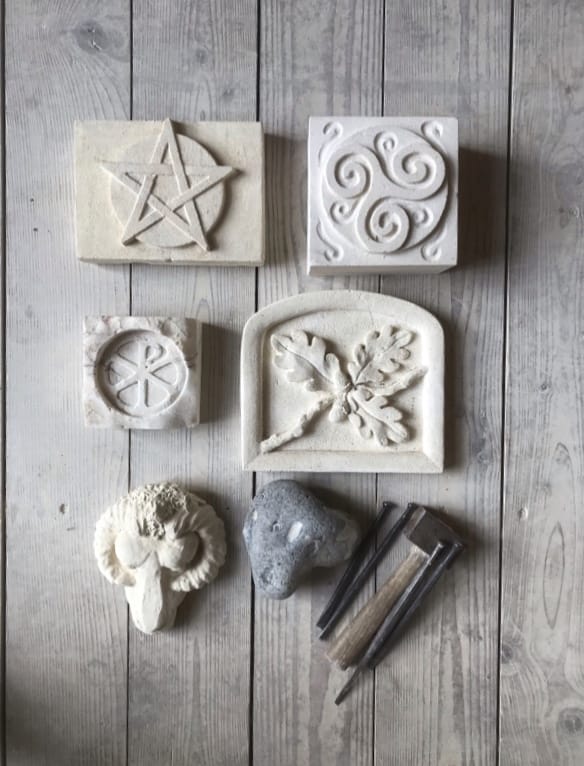As a journeyman constantly seeking to immerse myself in the world’s diverse artistic traditions, I’ve had the immense privilege of witnessing first hand the breath taking power and profound stories embedded within African art. While the continent’s vibrant textiles, intricate masks, and dynamic wooden sculptures often capture immediate attention, it’s the less-often highlighted, yet equally magnificent, realm of African stone carving that has truly captivated my recent travels.

For centuries, and indeed millennia, various tribes and civilizations across Africa have harnessed the earth’s most enduring material – stone – not just to craft objects, but to tell their histories, honour their ancestors, depict their deities, and imbue everyday life with sacred meaning. This isn’t just about artistry; it’s about the very soul of a people etched into the land.
My journey has just begun to scratch the surface, but already I’ve been left in awe. Let me share a few initial insights into this incredible heritage:
The Expressive Forms of Shona Sculpture (Zimbabwe):
My time spent observing the contemporary Shona sculptors of Zimbabwe has been nothing short of transformative. Working predominantly with local serpentine and springstone, their hands coax figures of incredible grace and emotion from raw rock. The themes are universal – family, the spirit world, nature, and human connection – yet the expression is uniquely Shona, often characterized by flowing, organic forms and a palpable sense of spiritual depth. It’s a living tradition, vibrant and constantly evolving.
Ancient Grandeur: Egypt and Nubia:
Delving into the past, the sheer scale and precision of ancient Egyptian and Nubian stone carving are mind-boggling. From the colossal statues of pharaohs to the intricate hieroglyphs carved into temple walls and the monumental sarcophagi, these works weren’t merely decorative. They were integral to religious practice, expressions of divine kingship, and eternal testaments to powerful civilisations. To stand before them is to feel the weight of history.
Enigmatic Figures of West Africa (e.g., Sierra Leone and Guinea):
Moving further west, I encountered the mysterious “Nomoli” or “Pomdo” figures. These smaller, ancient stone carvings, often unearthed by farmers, are believed to represent ancestors or spirits. Their exact origins and meanings are still debated, adding to their allure, but their reverence within local communities speaks volumes about their significance.
These initial encounters have solidified my belief that African stone carving is far more than a craft; it is a profound act of preserving identity, expressing spirituality, and ensuring that the stories of generations past resonate through time. Each chisel mark, each polished surface, speaks volumes.
This short overview merely scratches the surface, and I’m eager to delve deeper. Over the coming months, I plan to write individual blog posts dedicated to each of these incredible traditions – exploring their history, techniques, cultural significance, and the contemporary artists who keep these legacies alive.
Stay tuned for much more on this fascinating journey!

Leave a Reply